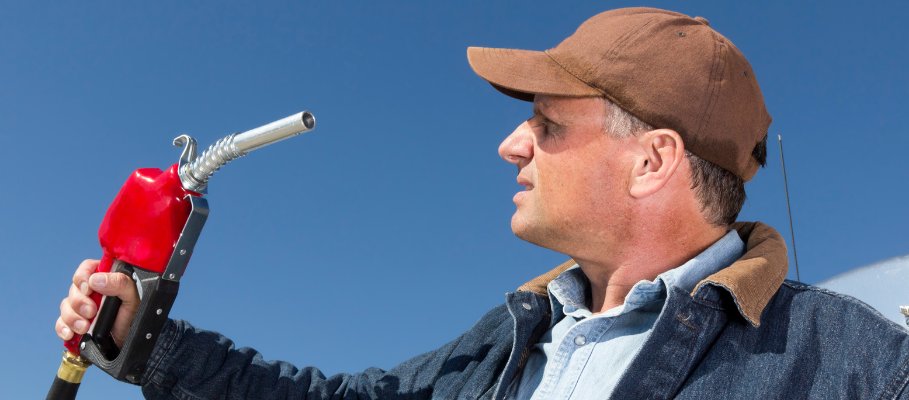In mid-May, a cyber attack on the Colonial Pipeline shut down fuel delivery to a large part of the Eastern United States. Gas stations across that particular part of the country reported greatly reduced supplies and, in some cases, complete outages of fuel. This shortage resulted in long lines at those gas stations that still had fuel, along with limitations on how much gas consumers could purchase at one time. While the cyberattack was an isolated incident and resolved in about a week, the outage had an undeniable effect on consumers.
In particular, it raised and re-raised ongoing concerns about how the trucking industry’s struggle to transport fuel—due to a lack of drivers and a rise in insurance premiums—has impaired the industry’s capabilities.
The Colonial Pipeline shutdown received national attention, but many areas already suffer from gas shortages that can raise prices for all consumers. This shortage has nothing to do with consumers but more about the lack of available truck drivers who can haul fuel combined with irrational consumer behavior. Let’s look at this challenge to try to figure out some possible solutions.
Understanding Fuel Challenges
The nation relies on truckers to keep gas stations regularly filled, but the ability for truckers to do so has decreased due to several reasons. The COVID-19 pandemic accelerated several of these trends.
With more people no longer commuting to work and a drop in vehicle use for things like vacations, the demand for gasoline was cut in half in April 2020. This lack of demand forced some drivers in the fuel-hauling sector to either change to more stable routes or leave the industry altogether.
The U.S. Bureau of Labor Statistics estimated that the trucking industry lost 88,300 jobs during this time, adding to the tens of thousands of driver vacancies already in place. The driver shortage created a difficult dynamic. While trucking companies surely utilized fewer drivers during the pandemic, they now find themselves struggling to refill those voids as fuel needs again increase. After all, it is not like there are drivers simply sitting at home waiting for an assignment. The fuel-hauling fleet finds itself desperately in need of drivers without enough interested applicants.
Additionally, a Truckload Carriers Association poll found that insurance premiums skyrocketed an average of 15% for members last year. For some smaller carriers, this increase forced them to shut down, further lowering the available driver pool.
Potential Help on the Way?
The DRIVE-Safe Act, a piece of proposed legislation that if passed would incorporate more safety technology into driving, has brought hope to some in the industry.
The act includes several mandates that would improve the overall safety of truck driving—and experts believe this could entice potential drivers. Some of these mandates include apprentice programs for commercial driver’s license holders under the age of 21, active braking collision mitigation systems, forward-facing cameras, adaptive cruise control, and speed governors.
These technologies not only make driving easier, they exonerate drivers during accidents. Young people are more accustomed to devices tracking their activity and may be intrigued by the “gamified” experience fleets can create.
The act will also help put to bed the notion that truckers work incredibly long hours on the road without rest. Instead, prospective employees will know they can expect to work in a highly regulated and safe environment that puts them and their safety first. This will help alleviate some of the problems truckers face.
Supply & Demand of Gasoline
The price of gas traditionally increases at the beginning of summer as fuel companies provide a different blend that produces less smog. This change, combined with more motorists on the road taking vacations, reduces the overall supply and can cause prices to increase. The price of fuel stayed relatively low and stable last year as drivers largely remained at home during the summer months. Historically, though, this time of year has featured higher prices.
As some states like Colorado complain of shortages now, the reason comes more from consumers than supply. While there are fewer truckers on the road, there is still enough gas for those wanting to fill-up. The problem occurs when drivers anticipate a shortage and fuel up before their tank is empty, leading to a rush at the pumps.
Until more truck drivers return to the road, this will be an ongoing problem. For motorists, the key is to only fill up when necessary and avoid purchasing unnecessary fuel that will not be immediately used.



